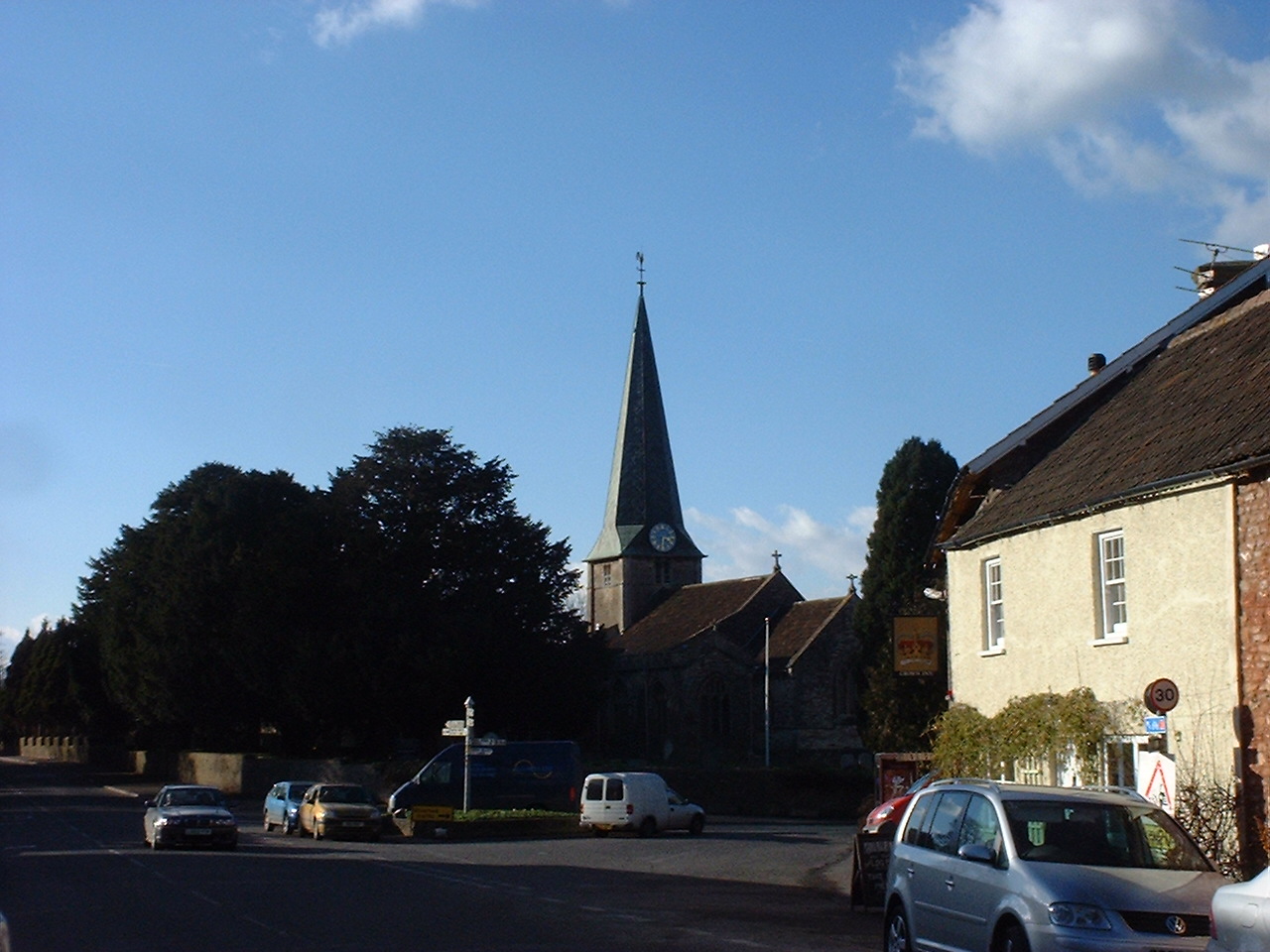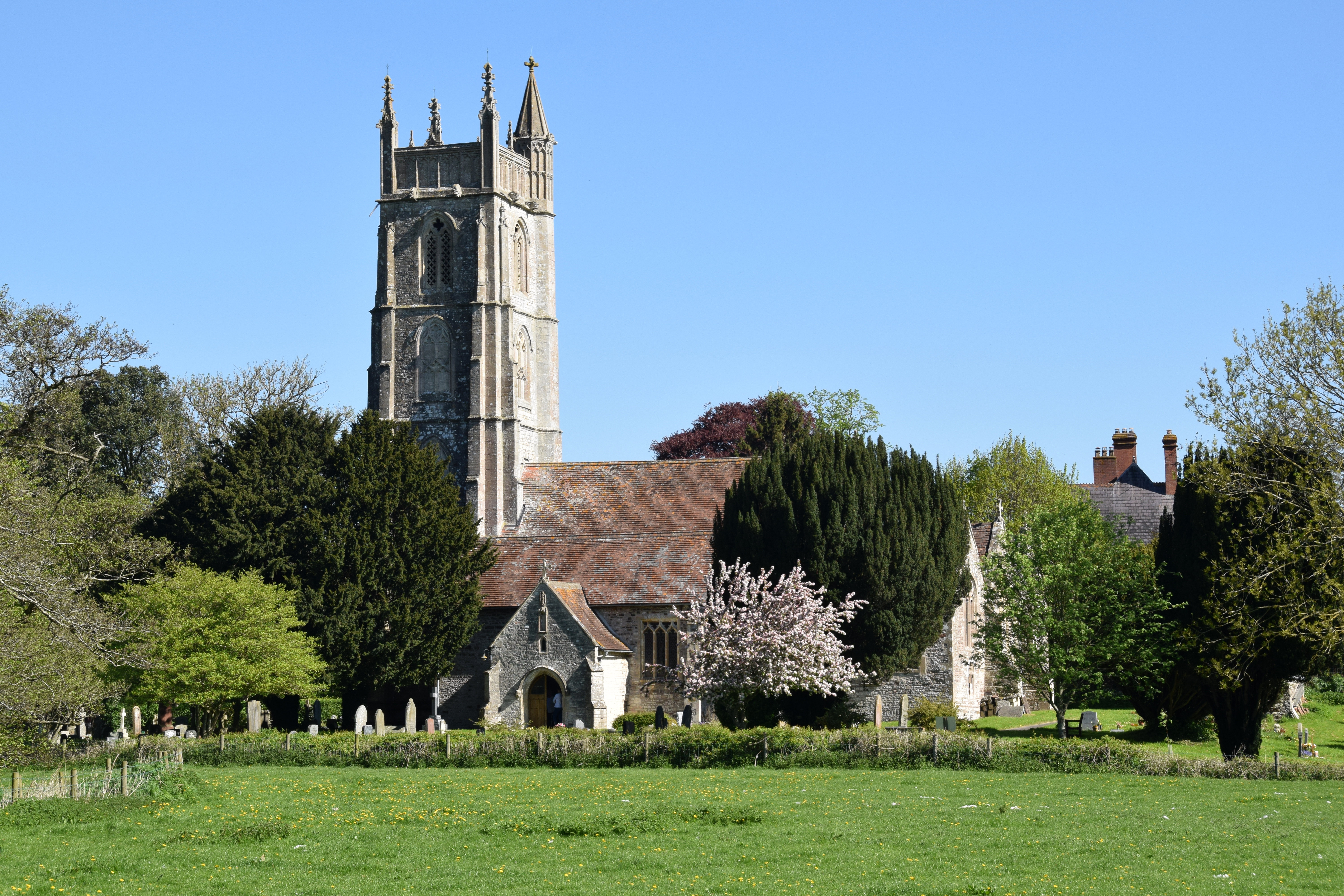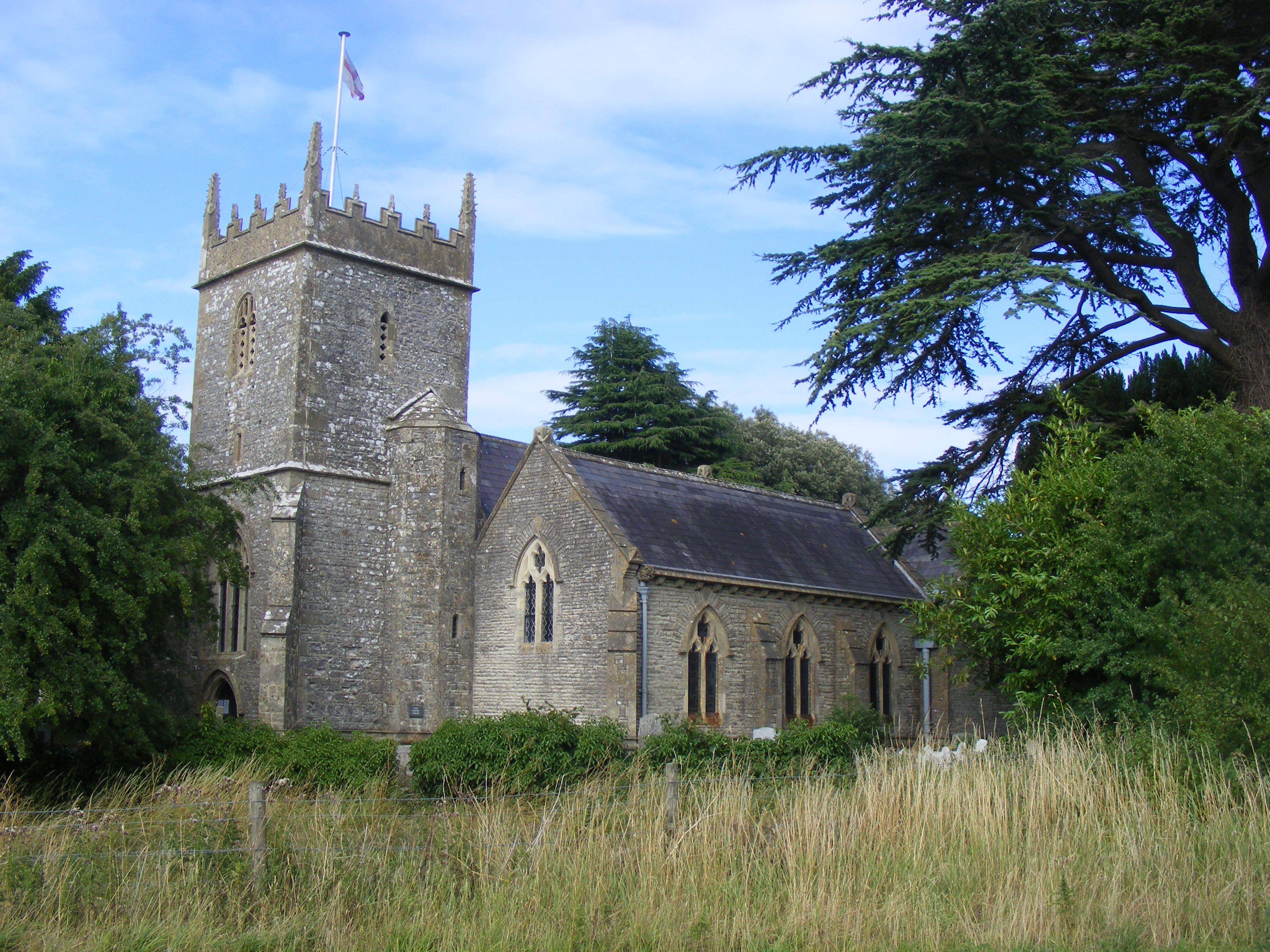|
Clutton Rural District
Clutton was a rural district in Somerset, England, from 1894 to 1974. It was created in 1894 under the Local Government Act 1894 as a successor to the rural sanitary district. In 1974 it was abolished under the Local Government Act 1972. The parishes in the district became part of the Non-metropolitan district of Wansdyke in the newly formed County of Avon. Avon was itself abolished in 1996 and the administration of Clutton became the responsibility of the new unitary authority of Bath and North East Somerset (BANES). BANES took over the parishes of Cameley, Chelwood, Chew Magna, Chew Stoke, Clutton, Compton Martin, East Harptree, Farmborough, Farrington Gurney, High Littleton, Hinton Blewett, Nempnett Thrubwell, Norton Malreward, Paulton, Publow, Stanton Drew, Stowey-Sutton, Timsbury, Ubley and West Harptree. The parishes of Chilcompton Chilcompton is a village and civil parish in Somerset, England, situated in the Mendip Hills two miles south of Midsomer No ... [...More Info...] [...Related Items...] OR: [Wikipedia] [Google] [Baidu] |
Rural District
Rural districts were a type of local government area – now superseded – established at the end of the 19th century in England, Wales, and Ireland for the administration of predominantly rural areas at a level lower than that of the Administrative county, administrative counties.__TOC__ England and Wales In England and Wales they were created in 1894 (by the Local Government Act 1894) along with Urban district (Great Britain and Ireland), urban districts. They replaced the earlier system of sanitary districts (themselves based on poor law unions, but not replacing them). Rural districts had elected rural district councils (RDCs), which inherited the functions of the earlier sanitary districts, but also had wider authority over matters such as local planning, council house, council housing, and playgrounds and cemeteries. Matters such as education and major roads were the responsibility of county councils. Until 1930 the rural district councillors were also poor law gu ... [...More Info...] [...Related Items...] OR: [Wikipedia] [Google] [Baidu] |
East Harptree
East Harptree is a village and civil parish in Somerset, England. It is situated north of Wells and south of Bristol, on the northern slope of the Mendip Hills overlooking the Chew Valley. The parish has a population of 644. The parish includes the hamlet of Coley. History One suggested explanation for the derivation for the Harptree name is from "hartreg", an Old English word for a grey hollow. According to Robinson it is listed in the 1086 Domesday Book as ''Harpetreu'' meaning 'The military road by the wood' from the Old English ''herepoep'' and ''treow''. In November 1887, while searching for the source of a spring, a labourer called William Currell put his pick into a pewter vessel full of Roman coins. The jar was below the surface in swampy ground. It contained 1,496 coins, five ingots of silver and a ring. The coins covered the period between the reigns of Constantine the Great and Gratian. The parish was part of the Winterstoke Hundred. Around 1870-1880 the 'Eas ... [...More Info...] [...Related Items...] OR: [Wikipedia] [Google] [Baidu] |
West Harptree
West Harptree is a small village and civil parish in the Chew Valley, Somerset within the unitary district of Bath and North East Somerset. The parish has a population of 439. The village is south of Bristol, southwest of Bath and east of Weston-super-Mare. It is just south of Chew Valley Lake on the A368 between Bishop Sutton and Compton Martin. The village has a pub and several shops including a post office. With its close neighbour East Harptree the villages are collectively known as the Harptrees. History According to Stephen Robinson it is listed in the 1086 Domesday Book as ''Herpetreu'' meaning 'The military road by the wood' from the Old English ''herepoep'' and ''treow''. Between 1154 and 1172 an estate at West Harptree was granted by William FitzJohn to the Knights Templar. The shape of some of the existing fields with cross-slope and down-slope field banks and cultivated ridges forming an interleaving irregular mosaic suggest they are of medieval origin. ... [...More Info...] [...Related Items...] OR: [Wikipedia] [Google] [Baidu] |
Ubley
Ubley is a small village and civil parish within the Chew Valley in Bath and North East Somerset about south of Bristol. It is just south-east of Blagdon Lake, just off the A368 between Compton Martin and Blagdon. History There is some evidence of a burial tumulus from neolithic times above Ubley. In a charter of King Edgar, between 959 and 975 the name of the village was recorded as ''Hubbanlege''. Ubley was listed in the Domesday Book of 1086 as ''Tumbeli'', meaning 'The rolling meadow' from the Old English ''tumb'' and ''leah''. An alternative explanation is that it comes from Ubba's leah or clearing in the woodland. A further explanation of the name is that in Roman times when Charterhouse Roman Town was producing lead and silver it was known as ''Veb'', and as V and U are interchangeable in Latin, Ubley derives from Veb-ley, and was originally a settlement where Romano-British lead miners lived. The parish was part of the hundred of Chewton. Mining for ochre and m ... [...More Info...] [...Related Items...] OR: [Wikipedia] [Google] [Baidu] |
Timsbury, Somerset
Timsbury is a village and civil parish in England, in the Bath and North East Somerset unitary authority of the county of Somerset. It lies south-west of Bath, close to the Cam Brook river. The parish, which includes the hamlets of Radford and Wall Mead, and part of Meadgate hamlet, had a population of 2,624 in 2011. History The village has been known as Timfborough, Tymmersbarue, Timsbarrow (meaning Timbered grove), Timsbyre (wooded hillside) and Temsbury throughout its long history. Timsbury has been a settlement since the Bronze Age. Among the earliest written records is entry in the Norman Domesday Book of 1086: "Williams holds Timsbury from the Bishop of Coutance. Ape held it before 1066. It paid tax for 3 hides, land for 3 ploughs, in lordship, 1 plough, 2 slaves, one and one half hides, 2 villagers and 1 smallholder with 1 plough and one and one half hides, 2 parts of a mill which pays two shillings, meadow 26 acres. Pasture as well, 1 cob, 9 cattle, 14 pigs and 60 s ... [...More Info...] [...Related Items...] OR: [Wikipedia] [Google] [Baidu] |
Stowey-Sutton
Stowey-Sutton is a civil parish in the Bath and North East Somerset District of Somerset, England within the Chew Valley. The parish contains the villages of Stowey and Bishop Sutton having a population of 1,361. The civil parish was created in 1949 from the former civil parish of Stowey and part of the civil parish of Chew Magna. Governance The parish council has responsibility for local issues, including setting an annual precept (local rate) to cover the council’s operating costs and producing annual accounts for public scrutiny. The parish council evaluates local planning applications and works with the local police, district council officers, and neighbourhood watch groups on matters of crime, security, and traffic. The parish council's role also includes initiating projects for the maintenance and repair of parish facilities, such as the village hall or community centre, playing fields and playgrounds, as well as consulting with the district council on the maintenanc ... [...More Info...] [...Related Items...] OR: [Wikipedia] [Google] [Baidu] |
Stanton Drew (village)
Stanton Drew is a small village and civil parish within the affluent Chew Valley in Somerset, England, lying north of the Mendip Hills, south of Bristol in the area of the Bath and North East Somerset unitary authority. Just outside the village are the prehistoric Stanton Drew stone circles. The largest of these, the Great Circle, is a henge monument and the second largest stone circle in Britain, after Avebury. The circle is 113 m in diameter and probably consisted of 30 stones, of which 27 survive today. The village has a range of listed buildings, dating from the 13th to 15th centuries, including the church of St Mary the Virgin, the Round House (Old Toll House) and several farmhouses. The parish of Stanton Drew, which includes the hamlet of Stanton Wick, had a population of 787 in 2011. Until 1947 the parish also included Belluton and part of Pensford. It has a primary school, pubs (the ''Druids Arms'' and the ''Carpenters Arms'' at Stanton Wick), a church and a villa ... [...More Info...] [...Related Items...] OR: [Wikipedia] [Google] [Baidu] |
Publow
Publow is a small village and civil parish in Bath and North East Somerset, England. It lies beside the River Chew in the Chew Valley. It is 7 miles from Bristol, 9 miles from Bath, and 4 miles from Keynsham. The principal settlement in the parish is Pensford. The parish also includes the village of Belluton and part of the village of Woollard. At the 2011 census it had a population of 1,119. History Publow anciently belonged to the St Loes of Newton, and later came into the hands of the Hungerfords along with Compton Dando. The manor having many owners Henry Hastings (Third Earl Becher (c1517-1570)), Sir John Popham, Sir Francis Popham. It is close to the route of the ancient Wansdyke. The name Publow is believed to mean 'The public meadow' or 'The people's meadow', from the Latin ''publicus'' and the Old English ''leah''. An alternative explanation is that the name is directly from West Country Brythonic corresponding to "pobel" (people), corresponding to Modern Corni ... [...More Info...] [...Related Items...] OR: [Wikipedia] [Google] [Baidu] |
Paulton
Paulton () is a large village and civil parish, with a population of 5,302, located to the north of the Mendip Hills, very close to Norton Radstock in the unitary authority of Bath and North East Somerset (BANES), England. Paulton is a former coal mining village and the terminus of the Somerset Coal Canal is at Paulton basin, just north of the village. Paulton was home to the now-closed Polestar Purnells printing factory and Ashman's boot factory, where 'Voidax' safety footwear was manufactured, and in particular Motorcycle speedway boots. The area has been designated as an 'area of special architectural or historic interest, the character or appearance of which it is desirable to preserve or enhance' under section 69 of the Planning (Listed Buildings and Conservation Areas) Act 1990. Paulton has a small hospital, doctors surgery, dentist, chemist, nursing home, library, public swimming pool, newsagent, travel agent, two convenience stores, a filling station, three takeawa ... [...More Info...] [...Related Items...] OR: [Wikipedia] [Google] [Baidu] |
Norton Malreward
Norton Malreward is a small Somerset village and civil parish south of Bristol, England at the northern edge of the Chew Valley. In 1895 Norton Malreward was combined with the neighbouring hamlet of Norton Hawkfield (also spelt Hautville) into a single parish, which has a population of 246. History Norton Malreward is listed as ''Nortone'' in the Domesday Book of 1086, meaning 'the north enclosure' (from the Old English and ). ''Malreward'' is a corruption of the Norman surname Malregard ( ‘evil eye/glance'), that of a tenant of the bishop of Coutances in 1238. During the reign of Edward I the manor was held by John Le Sore of Backwell. Later lords of the manor included Hawisia de Burton, John de Burton, Robert Grayndor, Robert Basset and Sir William Basset. In 1701 the manor was sold to Richard Holder and sold again in 1718 to Francis Freeman and Samuel Prigg. Just north of and overlooking the village is Maes Knoll Tump, a tumulus , and in height, the start of the Wan ... [...More Info...] [...Related Items...] OR: [Wikipedia] [Google] [Baidu] |
Nempnett Thrubwell
Nempnett Thrubwell is a small village and civil parish in dairying country on the western edge of Bath and North East Somerset, in the county of Somerset, England. It is about 15 km south-west of Bristol. The parish, which has a population of 177, is sheltered by the Mendip Hills, near the River Yeo in the Chew Valley. It is the site of the Fairy Toot oval barrow. Lying just to the north of Blagdon Lake, isolated Nempnett Thrubwell falls within the network of minor roads bounded by the A38, A368, B3114 and B3130; whilst signposted from each of these major routes, a lack of any further signposting makes it difficult to locate the village when arriving by road. The landscape is characterized by isolated farmsteads, the vernacular older buildings generally of the local Lias limestone or of render with clay-tiled roofs. Though being largely rural and consisting of one road and a few houses, Nempnett Thrubwell's curiously comedic name makes the village something of a famo ... [...More Info...] [...Related Items...] OR: [Wikipedia] [Google] [Baidu] |
Hinton Blewett
Hinton Blewett is a village and civil parish in Somerset, England, north of Wells and south of Bristol on the northern slope of the Mendip Hills, within the designated Area of Outstanding Natural Beauty (AONB) and in the Chew Valley near the source of the River Chew. The parish has a population of 308. History An estate called ''Hantone'' is recorded in the Somerset section of Domesday Book (1086), and it was in existence as a recognised, bounded and named territorial entity before, and perhaps well before the Norman Conquest. Absolutely nothing is yet known about the nature, location or extent of any early medieval settlement at Hinton. However, with an assessment of 8 hides in the late 11th century, it was clearly a significant place, and is likely to have sustained a moderate population. Using a multiplier of five for each of the individuals recorded by Domesday, the total population at that time is likely to have been in the region of 90 people. The form of their settlem ... [...More Info...] [...Related Items...] OR: [Wikipedia] [Google] [Baidu] |






